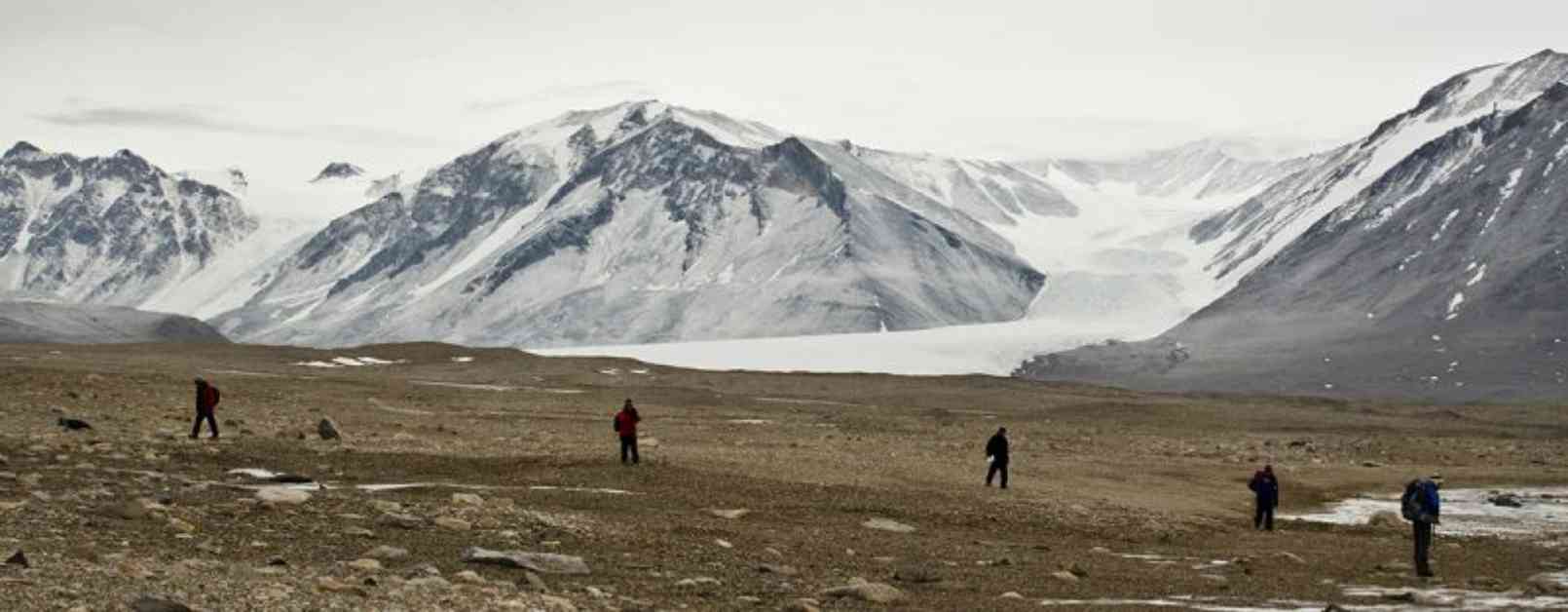The Unusual Weather Phenomenon in McMurdo Dry Valleys
In a region known for its stark landscape of barren, rocky terrain and minimal snow or ice cover, the McMurdo Dry Valleys in Antarctica experienced a rare and extreme weather event in March 2022. This occurrence, triggered by an atmospheric river event, brought record warm temperatures to the area, causing significant disruptions to the local ecosystem.
The impact of this unprecedented weather event was particularly notable in the McMurdo Dry Valleys due to the extensive data collected over the past 30 years by the U.S. National Science Foundation Long Term Ecological Research program. This comprehensive dataset includes meteorological observations, stream flow data, and soil community analyses, providing a valuable baseline for understanding the ecosystem responses to unseasonable weather patterns.
Insights from NSF-Funded Research
A recent study conducted by NSF-funded researchers utilized a combination of meteorological observations, stream hydrological data, remote sensing techniques, and soil invertebrate counts to assess the effects of the extreme warming event in March 2022. The findings revealed a significant deviation from typical weather patterns, with unseasonably high temperatures and increased moisture in the region.
One of the most striking observations from the study was the abrupt shift from autumnal cooling to summer-like conditions, disrupting the seasonal transition to winter. This unexpected weather anomaly highlights the vulnerability of the McMurdo Dry Valleys to rapid climate changes and underscores the need for ongoing research to better understand and predict future ecosystem responses.
Implications for Future Climate Change
As climate change continues to impact Antarctica and other polar regions, the occurrence of extreme weather events like the one witnessed in the McMurdo Dry Valleys is expected to become more frequent. The insights gained from this study are crucial for the scientific community as they strive to anticipate and mitigate the effects of climate change on fragile ecosystems.
By studying the responses of soil communities, stream flow patterns, and vegetation to unseasonable weather events, researchers can gain valuable insights into the resilience of Antarctic ecosystems and the potential impacts of ongoing climate change. This knowledge is essential for developing effective conservation strategies and management practices to protect these unique and vulnerable environments.
Conclusion
In conclusion, the unusual weather patterns observed in the McMurdo Dry Valleys in March 2022 serve as a stark reminder of the rapid changes occurring in Antarctica due to climate change. By leveraging long-term ecological research data and advanced scientific techniques, researchers are able to gain valuable insights into the impacts of extreme weather events on local ecosystems.
As we continue to monitor and study these phenomena, it is essential that we use this knowledge to inform policy decisions and conservation efforts aimed at preserving the delicate balance of Antarctic ecosystems. Only through collaborative research and proactive measures can we hope to safeguard these unique environments for future generations.













